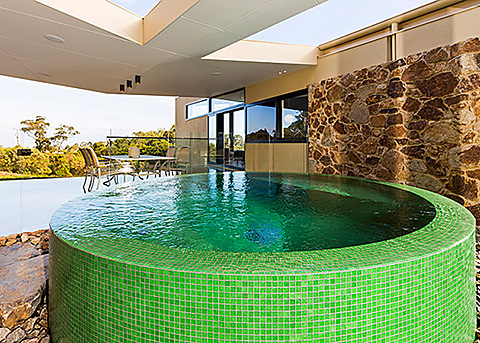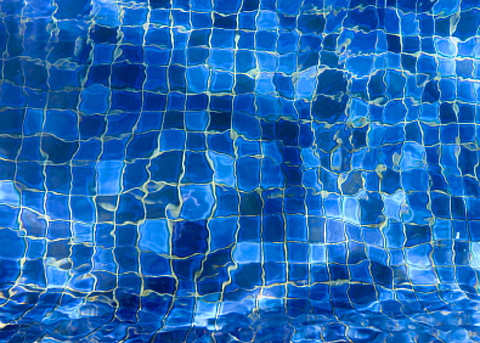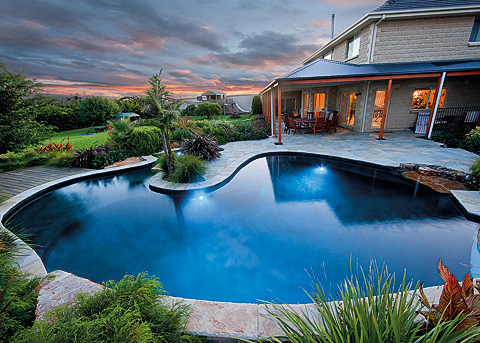People assume swimming or bathing in a salt chlorinated pool or spa must be like swimming in the sea, but it is quite different
Salt chlorination uses an electrolysis process to produce chlorine from common salt (sodium chloride) which has been added to the pool or spa water in a measured amount. The chlorine gas produced by this process is soluble in water, and so dissolves instantly to form Hypochlorous Acid which is the sanitiser used to sterilise the pool or spa water. Recent developments within the spa industry have lead to the introduction of salt water brominators as an additional option for spa water disinfection.
A salt chlorinator consists of two major components - the power supply and the cell. Recent developments with salt chlorinators have seen the addition of an ORP probe which regulates the amount of sanitiser delivered to the pool or spa water.
THE CELL
The cell is the component that pool water passes through. A very low voltage electric current is applied to electrodes inside the cell, causing the electrolysis process to take place. The electrodes are usually made from titanium with exotic metal coatings applied to their surface. Various sizes are available to suit the pool size / chlorine demand.
THE POWER SUPPLY
Most power supplies come with a number of options - for example, chlorine output control, time clock, salt level indicators. The power supply must be matched to the correct size cell.
SELECTING A SUITABLE UNIT
The correct salt chlorinator for your needs does not depend solely on the size of your pool or spa. Larger pools do need larger chlorinators but the bathing load also has an impact. High usage consumes more chlorine.
The size of the filtration system is also a factor. Poor water flow will require longer running time. In summer, or in a spa, high water temperatures and strong sunlight create an increase in chlorine demand.
HOW MUCH SALT?
The amount of salt needed varies depending on the type of chlorinator. Most models require only weak salt solutions of between 0.3% to 0.7% (3000ppm to 7000ppm) to effectively chlorinate a pool or spa.
These levels are between one fifth to one tenth the level of salt in sea water. Follow the manufacturer’s recommendations strictly to avoid damage to the chlorinator and to ensure adequate chlorine production.
Salt is not consumed in the electrolytic process but will need to be topped up after any water loss due to filter backwashing, splash out or overflow due to rainfall.
MAINTENANCE
There are maintenance free cells available. Other cells will require periodic cleaning to remove the calcium deposits that build up on the electrodes during electrolysis. Again, follow the manufacturer’s instructions strictly to avoid damage to the assembly.
OTHER CHEMICALS
Salt chlorinated pools need to achieve the same chemical balance as traditionally chlorinated pools. Total Alkalinity, pH, calcium hardness and chlorine levels should be checked regularly. Chlorine stabiliser (Isocyanuric Acid) should be added to the pool or spa and maintained at approximately 30ppm to 50ppm, to reduce chlorine loss due to UV rays.
During periods of high pool usage, it may be necessary to manually supplement with an alternative sanitiser to maintain correct chlorine levels, and regular superchlorination or shock dosing should be carried out.
As with all chemical issues, check with your local SPASA Victoria member for expert advice.



